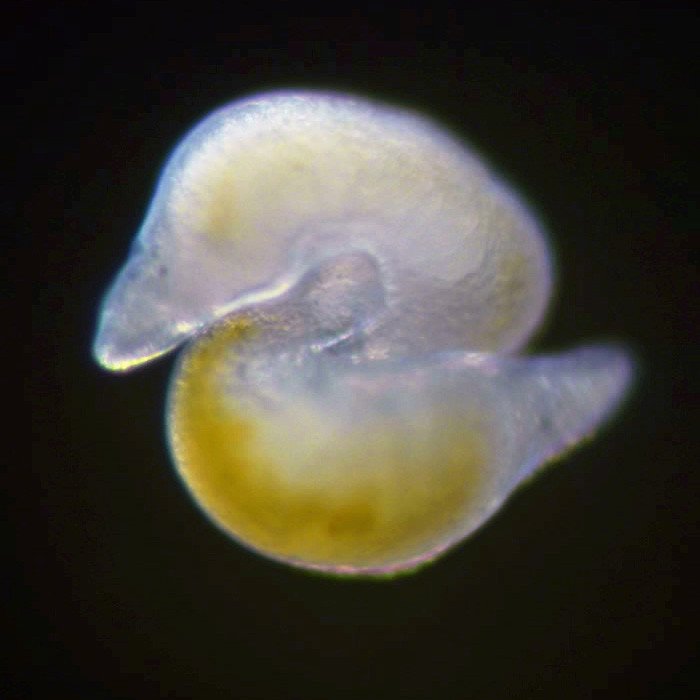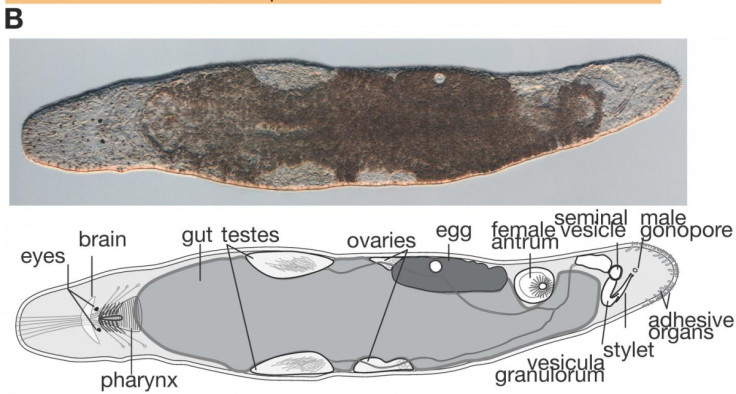Tiny flatworm that can regenerate almost its whole body 'is like a floating sack full of stem cells'

A tiny species of flatworm that can generate its entire body except its brain has been described as a "floating sack full of stem cells". The genome of Macrostomum lignano has been sequenced by scientists, providing them with a better understanding of its regenerative abilities.
The team from Cold Spring Harbor Laboratory in New York found the species had an unusually complex genome that made it difficult to analyse, with lots of repetitive elements. Research leader Michael Schatz said: "At the genomic level it has almost no relationship to anything else that's ever been sequenced. It's very strange and unique in that sense."
Gregory Hannon, another study leader, added: "This flatworm can regenerate every part of its body except the brain. This and other regenerating flatworms have the same kind of pathway operating in stem cells that is responsible for their remarkable regenerative capabilities. As we started to try to understand the biology of these stem cells, it very quickly became clear that we needed information about the genetic content of these organisms."

To gain a better understanding of the flatworm, the team used a long-read sequencing technique to improve the quality of the genome sequence by around 100 times – a tool expected to become ever-important in stem cell research. Before the genome of M. Lignano was available, it was already being studied in relation to stem cells. The latest findings, published in the journal PNAS, allowed the team to study how gene expression changed during regeneration.
With the new information, scientist swill be able to carry out research they could not conduct previously, such as searching within the genome and looking at how it is organised. Lead author Kaja Wasik explained: "The worms are just like floating sacks full of stem cells, so they're very easily accessible. From what we looked at, it looks like many of the developmental pathways that are present in humans are also present in the worms, and we can now study whether they potentially could be involved in regeneration."
The team now hopes to find out how the flatworm's stem cells can develop into different types of cells, while providing more tools for study in this area. Study co-author Lukas Schärer said: "The worm was initially used as a model to study embryology and neurobiology, and starting in the late 1990s research expanded into stem cell biology, tissue homeostasis and regeneration, topics that are still very actively studied today. We fully expect that the publication of the genome will lead to a surge in interest in this versatile model organism."
© Copyright IBTimes 2025. All rights reserved.






















